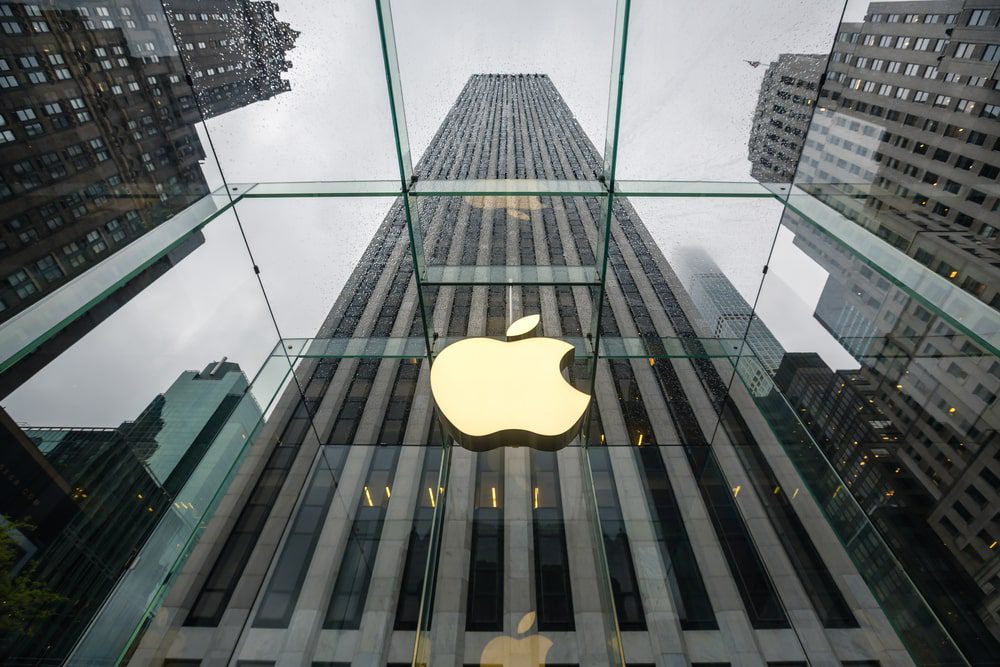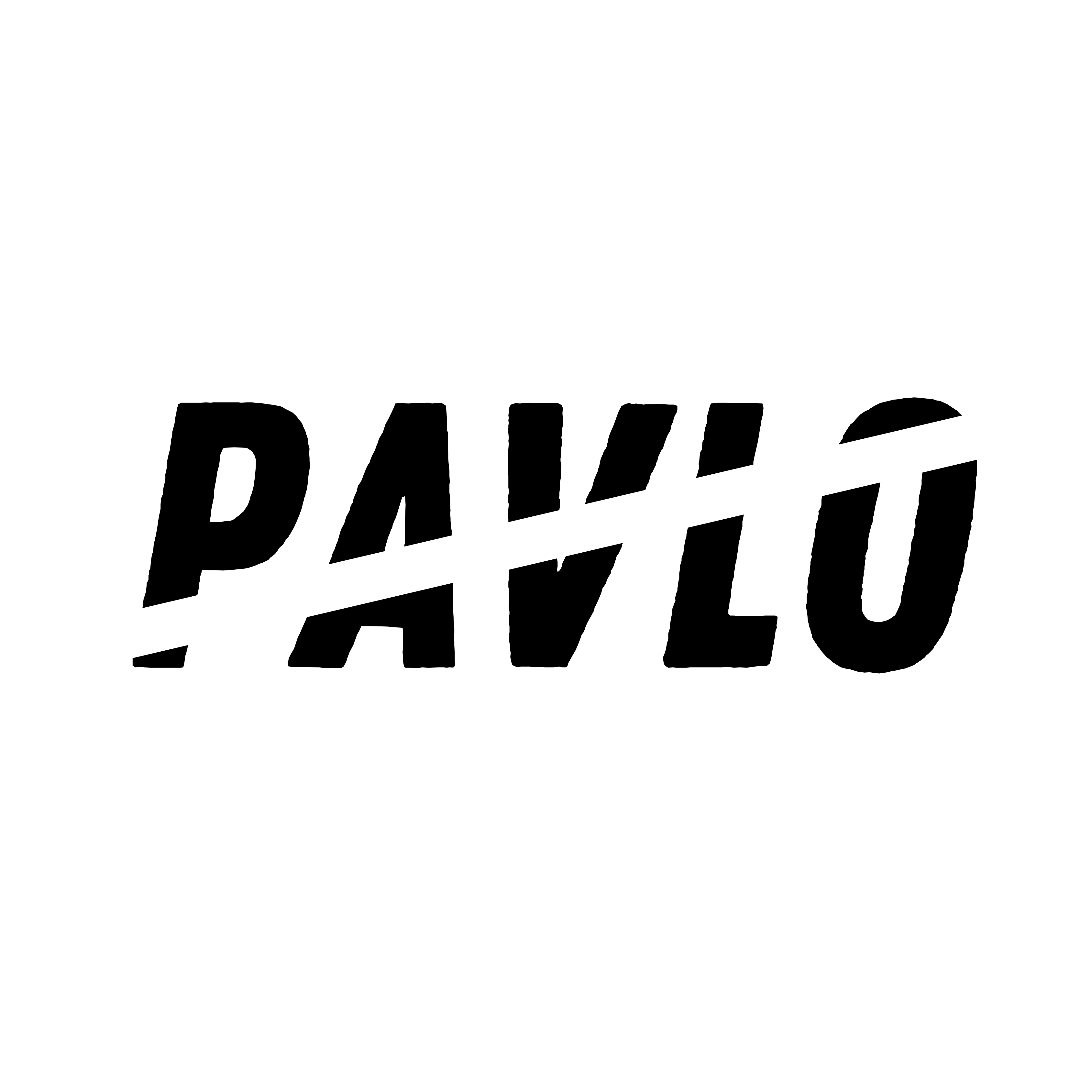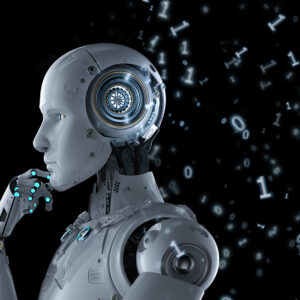
Speaking of Apple, a bit like Tesla , we must necessarily introduce a character with a thousand nuances: problematic, unpleasant, brilliant. Steve Jobs is all this and it is only thanks to his existence that Apple is what we know.
Let’s discover Jobs’ life and the key passages in the history of his company.
A turbulent history of failures: how Apple now dominates the world!
To illustrate the history of Apple in all its aspects , it would be necessary to write a bible but I will try to analyze the most important points, those that really manage to make people understand the reasons for Apple’s success and its unique characteristics that make it. ..simply Apple.
The founders of Apple are: Steve Wozniak, Steve Jobs and Ronald Wayne.
Steve and Woz were neighbors, went to school together and shared a passion for technology. While Jobs works, dissatisfied, at ATARI, Woz sticks to HP. They began to collaborate when the 6502 PC chips began to drop in price (only $25).
Woz already had a PC prototype (one of the first that showed the operations carried out with the command line in real time). Thus the Apple 1 was born in 1976.
As will often happen throughout history, Woz will be the one who will actively study the prototype and create the components while Jobs will market the products by reselling them to the customer (Jobs immediately stands out for his ability to negotiate, creativity and adaptation to situations).
In the same year, urged by Jobs, Woz and Wayne were convinced and founded a company called Apple Computer co. with the Newton logo, the first Apple 1 order, in the general skepticism of the supplier, was for 50 PCs at the modest sum of 500 euros each.
In any case, the supplier, a PC shop, appreciates the work and commissions a new model. Here the three partners find themselves in difficulty. Jobs, with his ingenious arrogance, promises impossible things with a low cost and a mass assembly of the new Apple 2 model .
Wayne immediately leaves the company, while Woz and Jobs work day and night in Jobs’ garage. Meanwhile, the first major financier Mike Markkula (who comes from Intel’s entrepreneurial background) arrives and invests 250 thousand dollars in Apple Computer .
Apple 2 is born: low price, all assembled components, colors on the command line, complete with keyboard. Jobs now also decides to change the logo by creating the now famous initially colored bitten apple (all the colors of the rainbow).
In the early ’80s the company grows, Woz becomes more and more distant and Jobs takes command of the various projects. He focuses heavily on the Apple 3, exponentially increasing the project budget to create emotional graphics, a personalized font, a drag&drop system, all expensive elements which for the administrative leaders were a waste of time. Despite everything, the company goes public and despite the failure of the Apple 3, the company grows by 1700% in just one year .
Apple, in any case, grows more and more, the new CEO becomes John Sculley (former marketer of Pepsi and Coca Cola) and Jobs personally starts working together with the Macintosh team, a new project in which Jobs believes so much. Meanwhile, IMB’s competition is getting really strong.
The Macintosh project moves forward and thanks to Sculley’s work, it comes onto the market, with great fanfare with the infamous 1984 Super Bowl commercial . The commercial, which effectively opens a war with IBM, is now a marketing case study present in all sector manuals.
Things, however, are not going well: the new gem is worth 2,500 dollars but sales don’t take off. Meanwhile, Sculley plays the dirty game by effectively collaborating with Windows by selling information for the graphics of the new Microsoft operating system in exchange for the patents of Word and Excel. All this puts Apple in crisis.
With a sensational twist, on September 17, 1985, Jobs made the decision to abandon his own company.
Apple enters into crisis and Jobs founds NEXT computer : An absolute failure but which will lay the foundations for the future Apple.
3D graphics, Pixar was born thanks to Next, microkernel with optimized Unix, graphic tools with drag&drop and vector graphics, postscript display, ebook, voice mail, in short, the future but the future had not yet arrived.
The story, however, is not over: in 1996 Apple acquired NEXT for 400 million dollars.
Here Jobs immediately regains power, becomes CEO and begins his great return with a new futuristic project resulting from his life’s work: the iMac . Here the environment changes also thanks to the support of innovative ideas from a team of designers including the historian Jony Ive .
Apple rises again and in the 2000s things are booming. The iMac sells a lot (800,000 iMacs sold in 139 days), then it’s history: iPad, iPhone up to the modern iPad and ibook pro.
Jobs had to leave the company in 2011 due to a serious illness that led to his death in October of the same year.
How did Jobs found an empire capable of imposing a true religion of hi-tech ?
Ingenious and unconventional marketing: Apple becomes a brand religion
Doing an analysis of Apple’s marketing is really difficult: a thousand brilliant examples and a thousand different facets. I will rely on many commercials in the hope of making people fully understand what Apple really is and its sometimes unreal communication.
In many marketing manuals, Apple is seen as a striking example of brand religion .
Apple fans are not just people interested in the product but are faithful followers of the entire Apple philosophy .
Why pay a lot more for a smartphone than Android?
Because I like Apple, period.
How was all this possible?
Thanks to epic campaigns and commercials seasoned with modern, innovative communication that is always close to the changes in society.
The 1984 commercial is an example of how Apple managed to give the idea of creating something new and qualitatively superior to other competitors.
The commercial in question is the symbol of how Apple distanced itself from its opponent IBM at the time.
The two giants are represented by Sculley (the marketer of Apple’s early years) as people.
IBM is cold, static, old-fashioned, Apple, on the other hand, is young, dynamic and colourful.
It is the new that advances, it is the future.
Ok, Sculley may have done damage and brought Apple to its knees but he really gave his best in this advertisement, creating a probably irreparable rift with competitors, this is the truth.
From this first memorable commercial all the guidelines of Apple’s successful marketing emerge :
- Always be disinterested in criticism
- Justify the higher price with superior quality and innovations
- Making what is actually normal extraordinary and dreamlike
- Bring the user into communication and harmony with the machine
To understand and dissect these points we need to see another brilliant commercial “hi, I’m a Mac and I’m a PC”
This time too, we are in 2008, Apple underlines the difference between the Mac and the PC (now the opponent is Windows) always making the two operating systems human. It does so in a joking and irreverent way towards its direct competitor and reveals the absolute superiority of the Mac compared to outdated traditional PCs.
In the years of the first smartphones, an even more mystical evolution of the brand united beauty and perfection. This is the case of the presentation of the first iPhone.
Here is really all of Steve’s work and all of his company’s communication. Not three separate devices but just one, a revolution, something unique, something that Apple can provide you with: the first iPhone .
From here on, Apple’s communication has reached very high levels of emotion and suggestion. Here’s another recent example of emotional communication from Apple.
The first is an advert that excites because the product makes you excite through the soundtrack and the visually satisfying images.
The second is emotional because it recalls love and sharing thanks to Apple which carries its values within itself (a bit like Amazon does with review commercials ).
All these examples make us understand how Apple’s global marketing now goes beyond the product and is much more: Apple is passionate, communicates positive values and excites (and it is precisely on this marketing concept that we took inspiration to promote our Framework360 Software ) .
To fully understand the philosophy of Apple and Jobs, I conclude with the last commercial, perhaps the most touching, which went down in history as Think Differet (Apple’s slogan from 1997).



